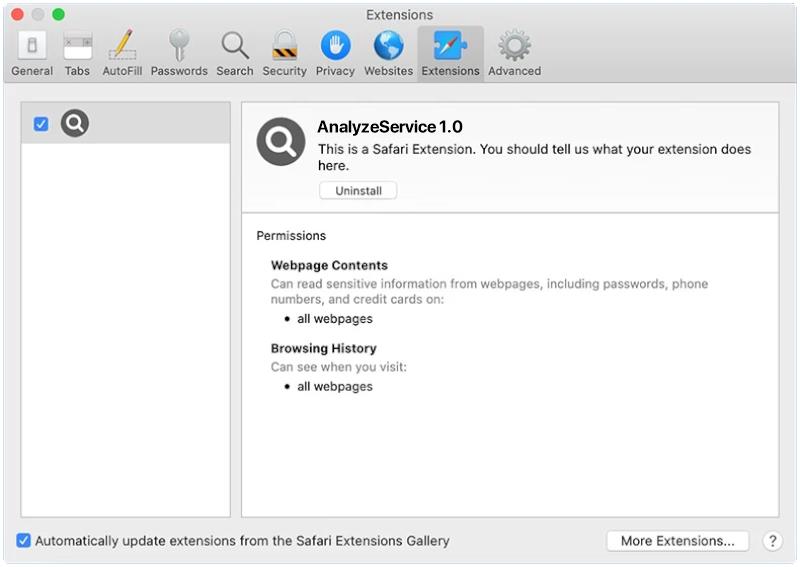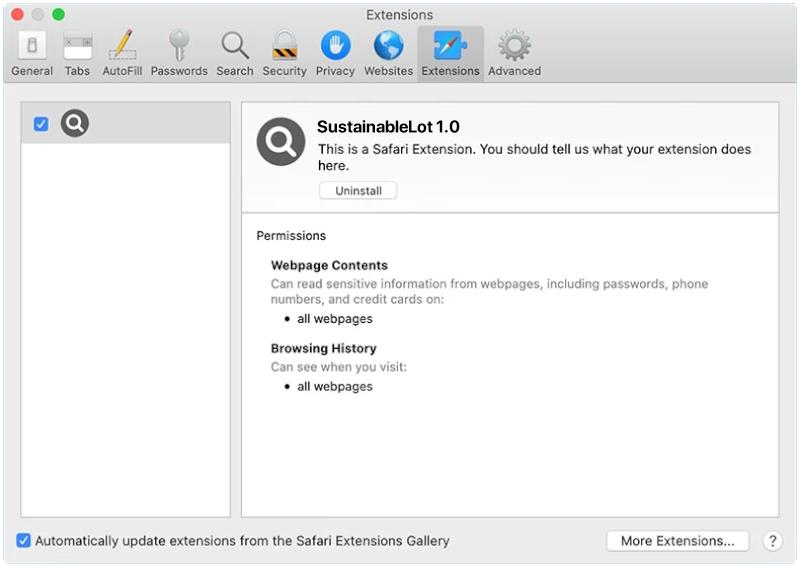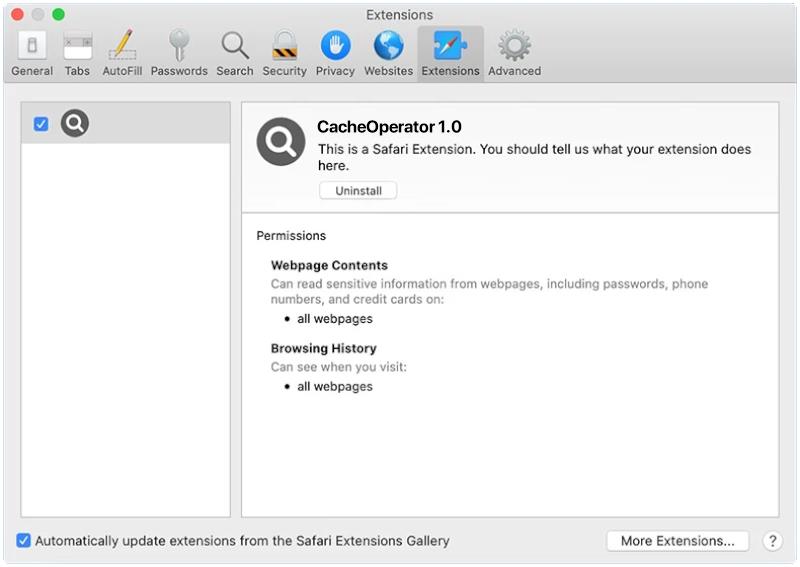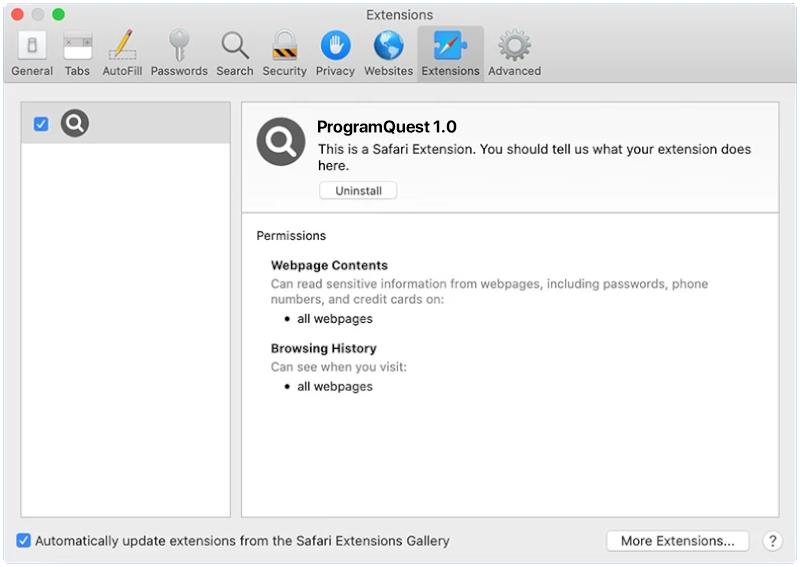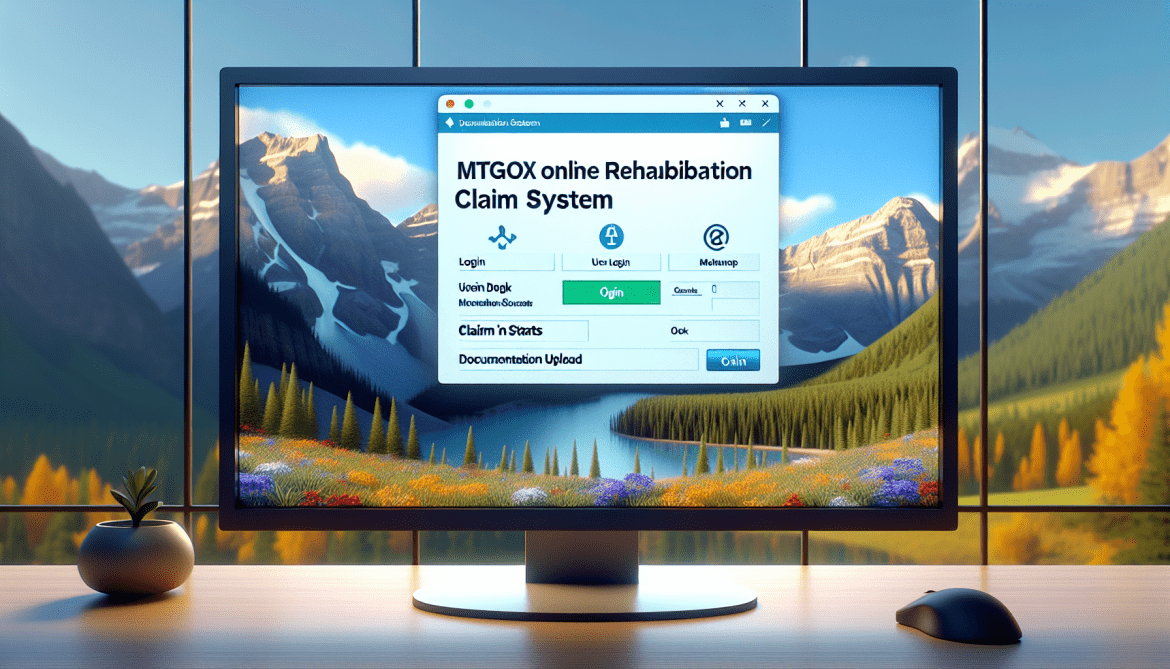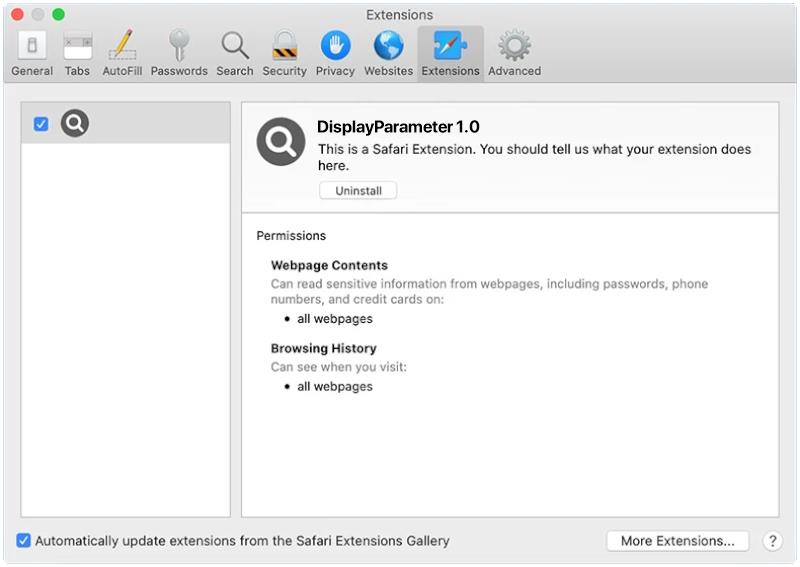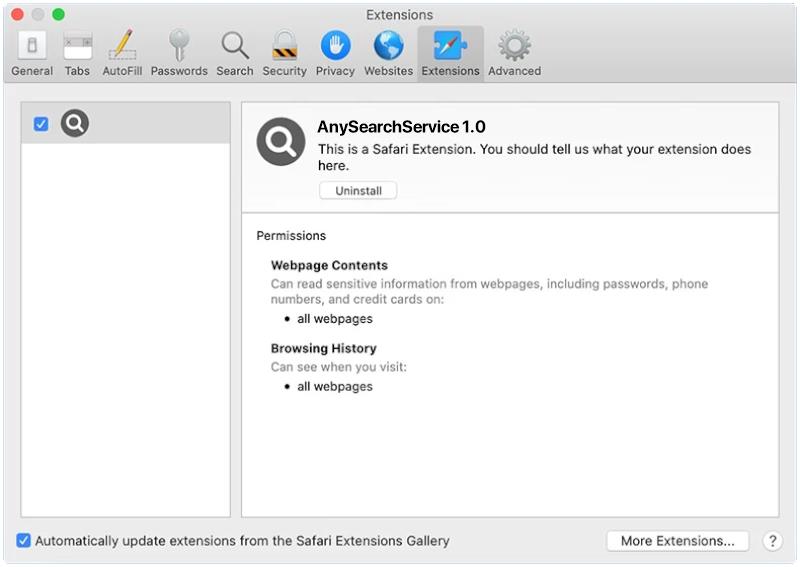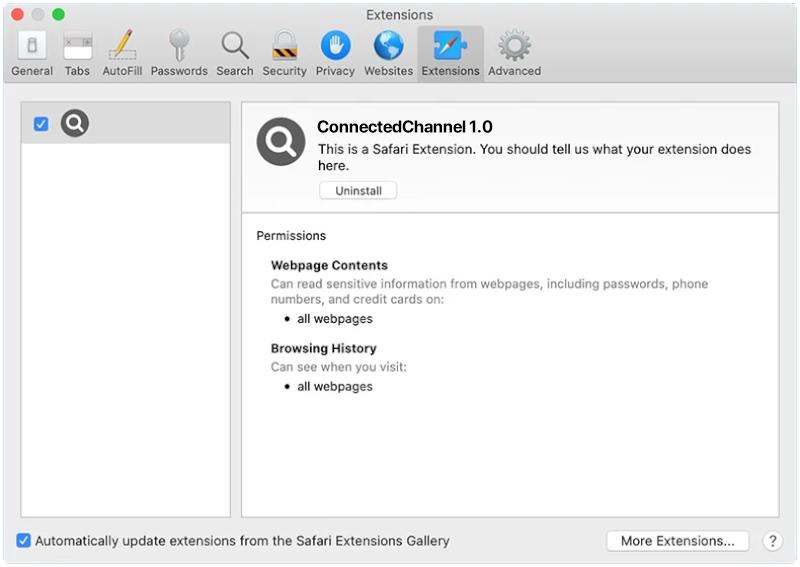AnalyzeService is a type of malware that specifically targets Mac computers. This malicious software is designed to infect Mac systems and gather sensitive information such as login credentials, financial data, and personal information. AnalyzeService can also cause system slowdowns, crashes, and other performance issues on infected devices.
AnalyzeService typically infects Mac computers through malicious email attachments, fake software downloads, or compromised websites. Once installed, the malware can run discreetly in the background, collecting data and sending it to remote servers controlled by cybercriminals. To protect against AnalyzeService and other types of malware, Mac users should always be cautious when downloading files or clicking on links, keep their operating system and security software up to date, and regularly scan their devices for any signs of infection.

